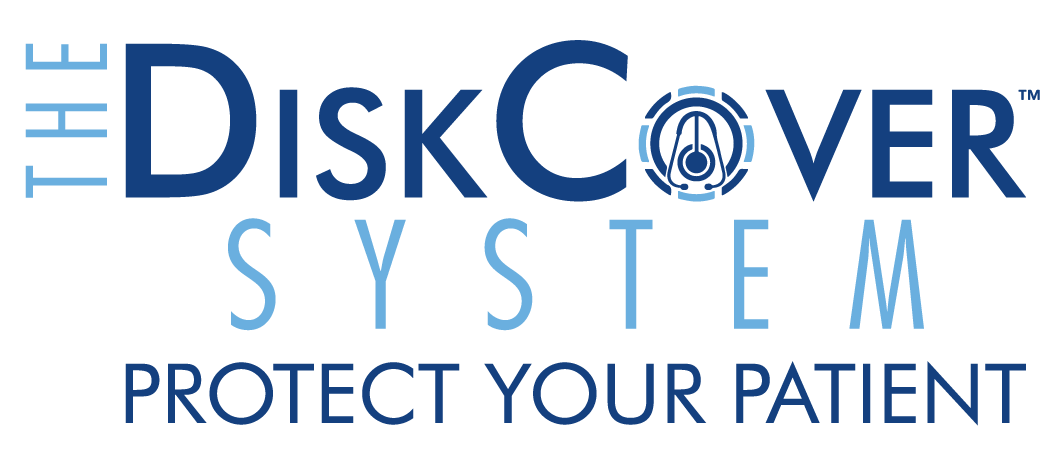Hearing is Believing


By Dr. Alan Maisel
For years, hospital infection control committees have endorsed the integration of single-use or “patient dedicated” stethoscopes as a means to mitigate stethoscope contamination. Support for these stethoscopes arose because disinfecting diaphragms between every patient as a standard of care was simply viewed as untenable in high workflow environments. While, conceptually, single-use stethoscopes seemed a reasonable alternative in high acuity care, in practice their use has been costly in three important ways:
1. Single-use stethoscopes cross-contaminate and remain a vector for infection. More aptly named “single-patient” stethoscopes, they remain in the patient’s room and are used by every clinician who examines that patient. Whittington et al. demonstrated that these stethoscopes are unprotected from pathogens, exposed to contaminants in the patient’s room, and handled by many clinicians. The diaphragms become and remain contaminated,1 thus defeating their value in infection prevention.

2. Single-use stethoscopes cross-contaminate at both ends of the stethoscope. The earbuds of single-use stethoscopes become contaminated as they move in and out of the ears of multiple clinicians, essentially sharing the contents of one clinician’s ears with the next examining clinician’s ears1 – and so on.
3. Single-use stethoscopes compromise our examination of the patient. Stethoscopes are incredibly fundamental tools; literally functioning as our third hand in evaluating patients. In high acuity care we rely on the ability to leverage heart, lung, and abdominal sounds to identify and manage clinical pathologies. The sound dampening of these inferior products is obvious to anyone who has used them; they confound accurate diagnosis and compromise patient management2.
As infection prevention efforts intensify, and as effective auscultation remains essential for clinical care, it is time to reduce reliance on “single-patient” stethoscopes. Instead, stethoscope cross-contamination should be prevented with an aseptic and high-fidelity barrier that is applied in a touch-free fashion to our personal stethoscope diaphragms – to protect our patients, ourselves and the effectivity of our most valued clinical tool.
1. Whittington AM. Bacterial contamination of stethoscopes on the intensive care unit. Anaesthesia, 2009, 64: 620–624.
2. Mehmood M. Comparing the auscultatory accuracy of health care professionals using three different brands of stethoscopes on a simulator. Medical Devices: Evidence and Research 2014:7 273–281.
Dr. Maisel is Professor of Medicine Emiritus, University of California, San Diego. He was director of the Coronary Care Unit and Heart Failure Program at the VA San Diego Healthcare System for 35 years. As a cardiologist, Dr. Maisel is considered a global expert in the application of cardiovascular biomarkers and has led multinational clinical trials that have paved the way for new care standards in diagnosis and management of acute cardiovascular conditions. He has published over 500 peer reviewed articles and original investigations. In 2001, the New England Journal of Medicine published his “Breathing Not Properly (BNP) Multinational Study” that signaled a clinical breakthrough that improved the diagnosis and risk stratification of heart failure. Dr. Maisel continues to advocate for the implementation of novel products that assist acute patient care.
Third Hand Vector series spotlights the clinician’s third hand and the risks that contaminated stethoscopes pose to clinicians, patients and healthcare systems. The series features leading experts in infection control, patient care and quality measures raising awareness of the importance of aseptic barriers in reducing transmission of infectious diseases.

